Non-duality, our evolution and return to the true, thoughtless and peaceful self
- Jason Jungle

- Aug 21, 2024
- 4 min read

Are You Lost in Duality? Exploring the Journey from Duality to Non-Duality
Have you ever felt like you're constantly torn between opposing thoughts, desires, or emotions? This internal conflict might be a sign that you're lost in duality. But what exactly is duality, how does it shape our lives, and is it possible to transcend it and move towards a state of non-duality? Let's delve deeper into these questions.
Understanding Duality
Duality refers to the perception that our experiences, thoughts, and emotions are divided into opposites—good and bad, right and wrong, love and hate, joy and sorrow. It is the lens through which we categorize and evaluate everything we encounter. This concept of duality is deeply ingrained in human consciousness, shaping how we view the world and ourselves.
At its core, duality is born out of our sensory experiences. From the moment we are born, our journey begins with the raw data we receive through our senses—sight, sound, smell, taste, and touch. These sensory inputs are neutral; they simply are. A newborn doesn't categorize a sound as pleasant or unpleasant, or a sight as beautiful or ugly. In this pure state, we experience the world without the filters of judgment or interpretation.
However, as we grow, we begin to conceptualize these experiences. We attach labels, judgments, and meanings to what we perceive, creating a framework of ideas that categorize our sensory inputs. This is where duality takes root. We start to divide our experiences into pairs of opposites, based on the beliefs and ideas we either create ourselves or adopt from others.
How Duality Affects Our Lives
As we continue to build this conceptual framework, duality starts to influence every aspect of our lives. The sensory experience itself remains neutral, but our ideas about it—whether we find something pleasurable or painful, desirable or undesirable—begin to dominate our perception of reality. We are no longer simply experiencing the world; we are interpreting it through a lens of duality.
This division leads to a constant push and pull within us. We chase after the things we have labeled as "good" or "right" and try to avoid what we perceive as "bad" or "wrong." Our thoughts, words, and actions are driven by these ideas, which we often mistake for truths. But these ideas are inherently subjective—they are not universal truths, but rather personal interpretations.
The result? We become entangled in a web of beliefs that shape our identity, emotions, and behaviors. We identify so strongly with these ideas that they become a part of who we are, influencing every decision we make. We become, in a sense, puppets to our own thoughts and the opinions of others, constantly reacting to the dualistic nature of our internal world.
The Split of the Self
Duality creates a split within the self. On one side, there is the experiencing self—the part of us that simply observes and engages with the world through our senses, without judgment or analysis. This self is at peace, grounded in the present moment, and free from the turmoil of conflicting thoughts.
On the other side is the conceptual self—the part of us that interprets, judges, and reacts to our sensory experiences. This self is heavily influenced by the ideas we hold, driving our wants, fears, emotions, and personality. The conceptual self often becomes the dominant force in our lives, overshadowing the experiencing self and leading to a life driven by duality.
Moving Toward Non-Duality
The journey to non-duality is the process of letting go of the conceptual self and its dualistic interpretations. It involves recognizing that the ideas we hold are not absolute truths, but merely subjective constructs that shape our perception of reality. By releasing our attachment to these ideas, we can begin to experience the world more directly, without the filter of duality.
Non-duality is the state of being where the split of the self is healed. It is a return to the pure, unfiltered experience of life as it is—without labeling, judging, or categorizing. In this state, the experiencing self and the conceptual self merge into one, allowing us to live in harmony with our true nature.
This doesn't mean that we stop thinking or having preferences. Rather, it means that we stop identifying so strongly with our thoughts and preferences. We see them for what they are—temporary and subjective—rather than allowing them to dictate our sense of self and reality.
The Path Forward
The path to non-duality is not about rejecting or suppressing the conceptual self. Instead, it is about cultivating awareness and understanding. By becoming more mindful of how duality operates within us, we can begin to disidentify from the ideas that create division and conflict in our lives.
This journey requires patience, self-compassion, and a willingness to question the beliefs we hold. It is a process of unlearning, of returning to the simplicity of direct experience. As we gradually release our attachment to dualistic thinking, we open ourselves to a more peaceful, unified way of being—one where we are no longer lost in duality, but anchored in the wholeness of non-duality.
Are you ready to take that step? The journey to non-duality begins with the simple act of observing your thoughts and resetting to the senses, questioning your beliefs, and letting go of the need to categorize your experiences. It's a journey of returning to the essence of who you are, beyond the duality of the mind.






.png)

Comments